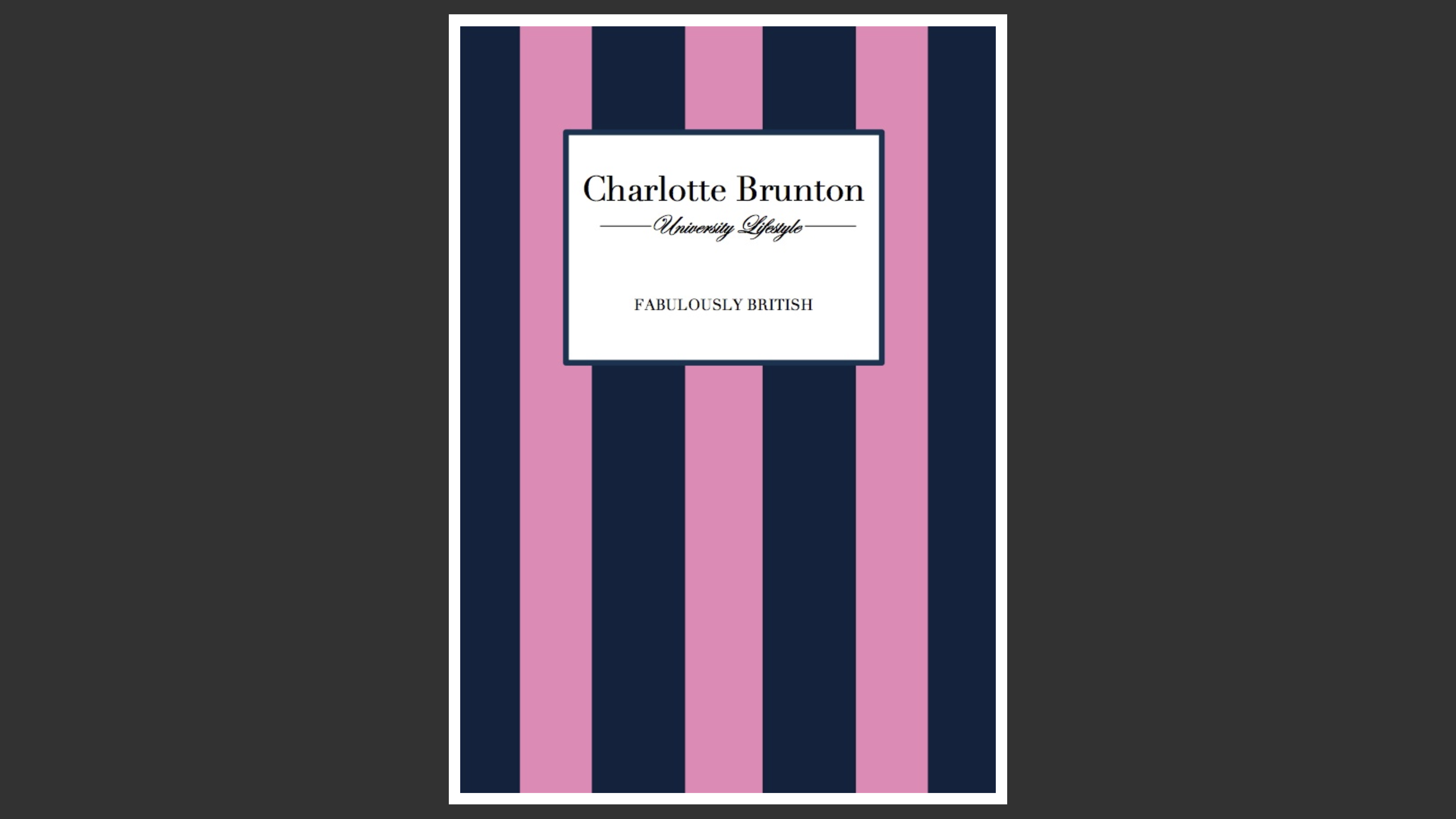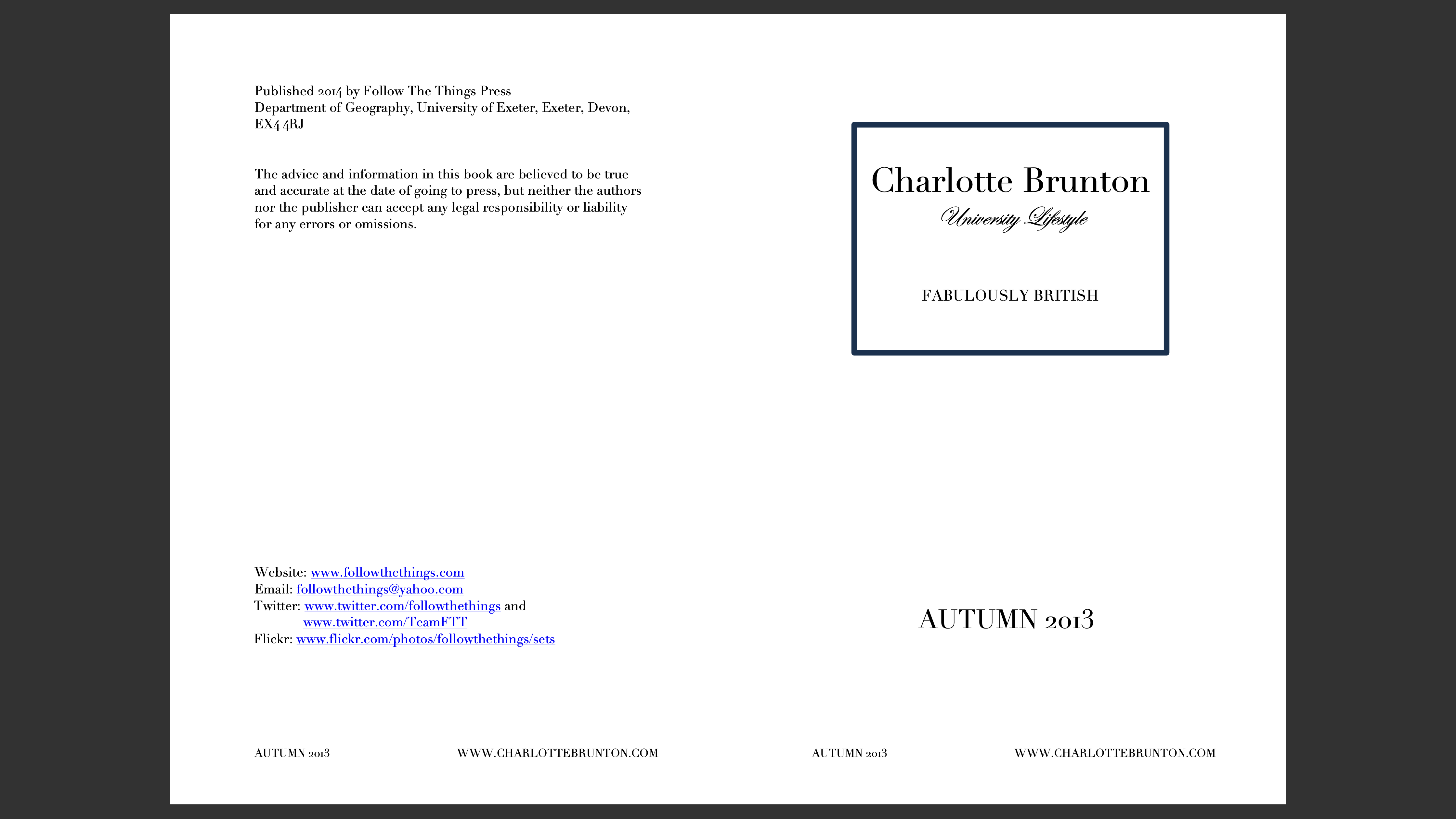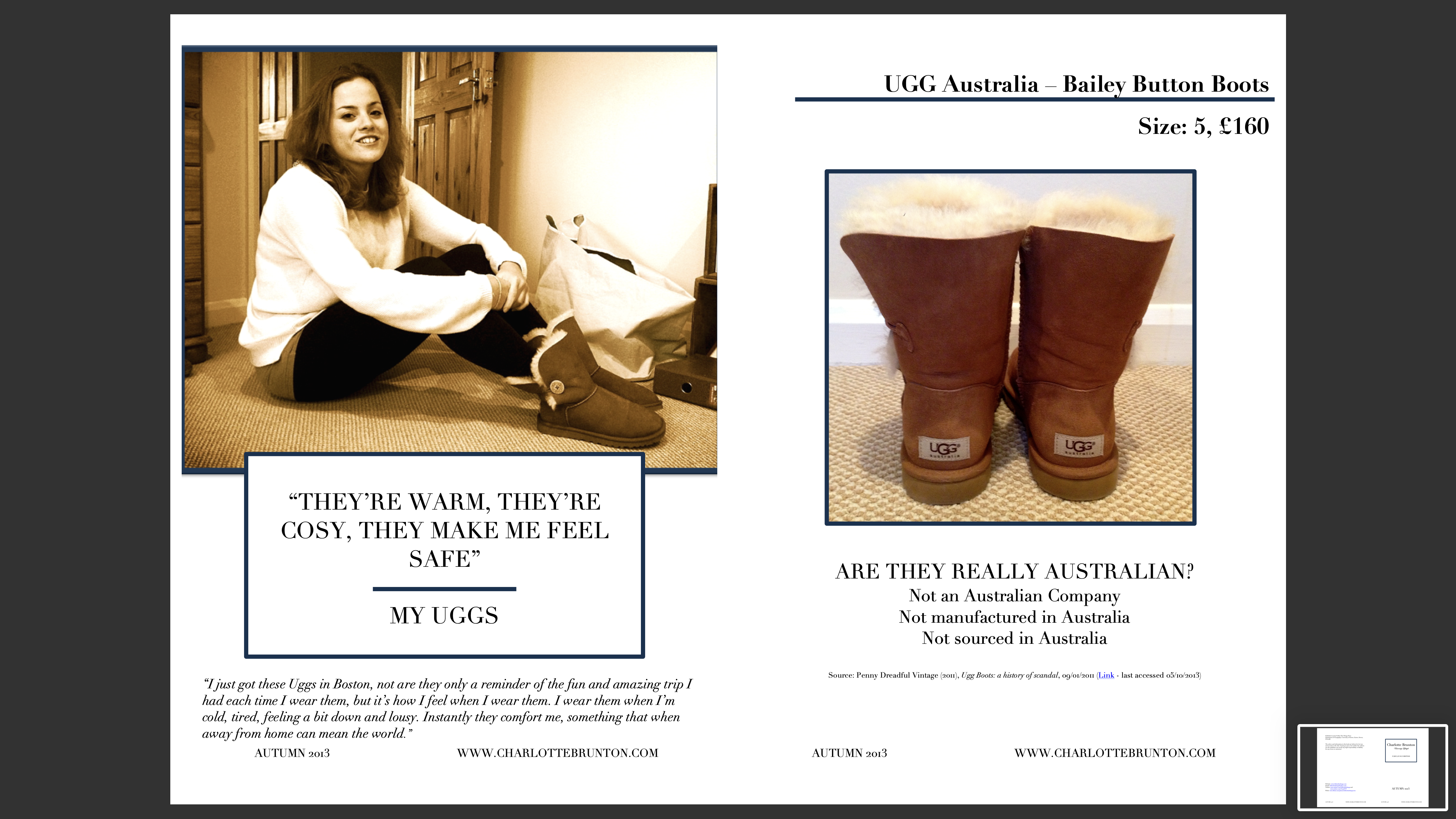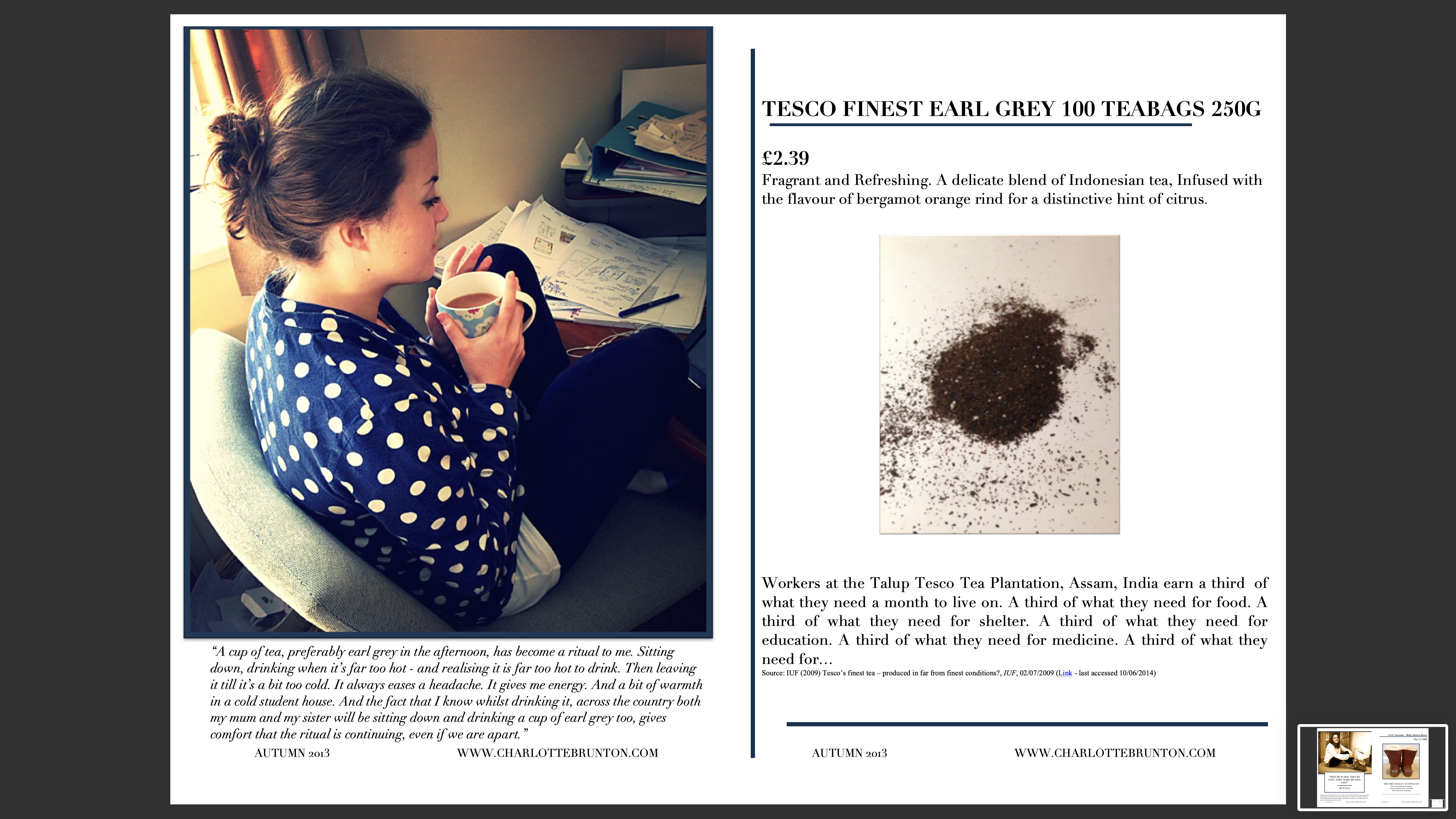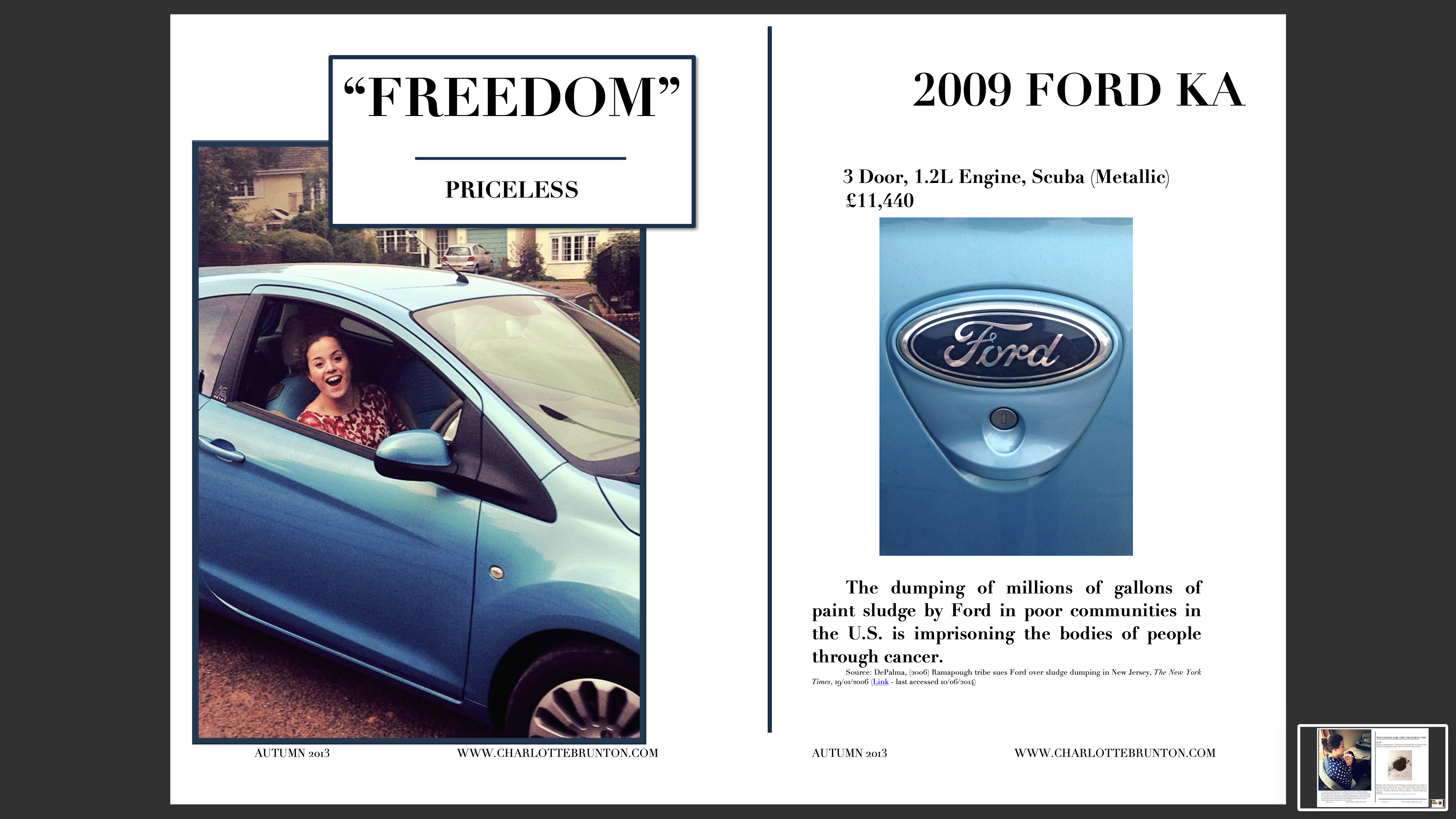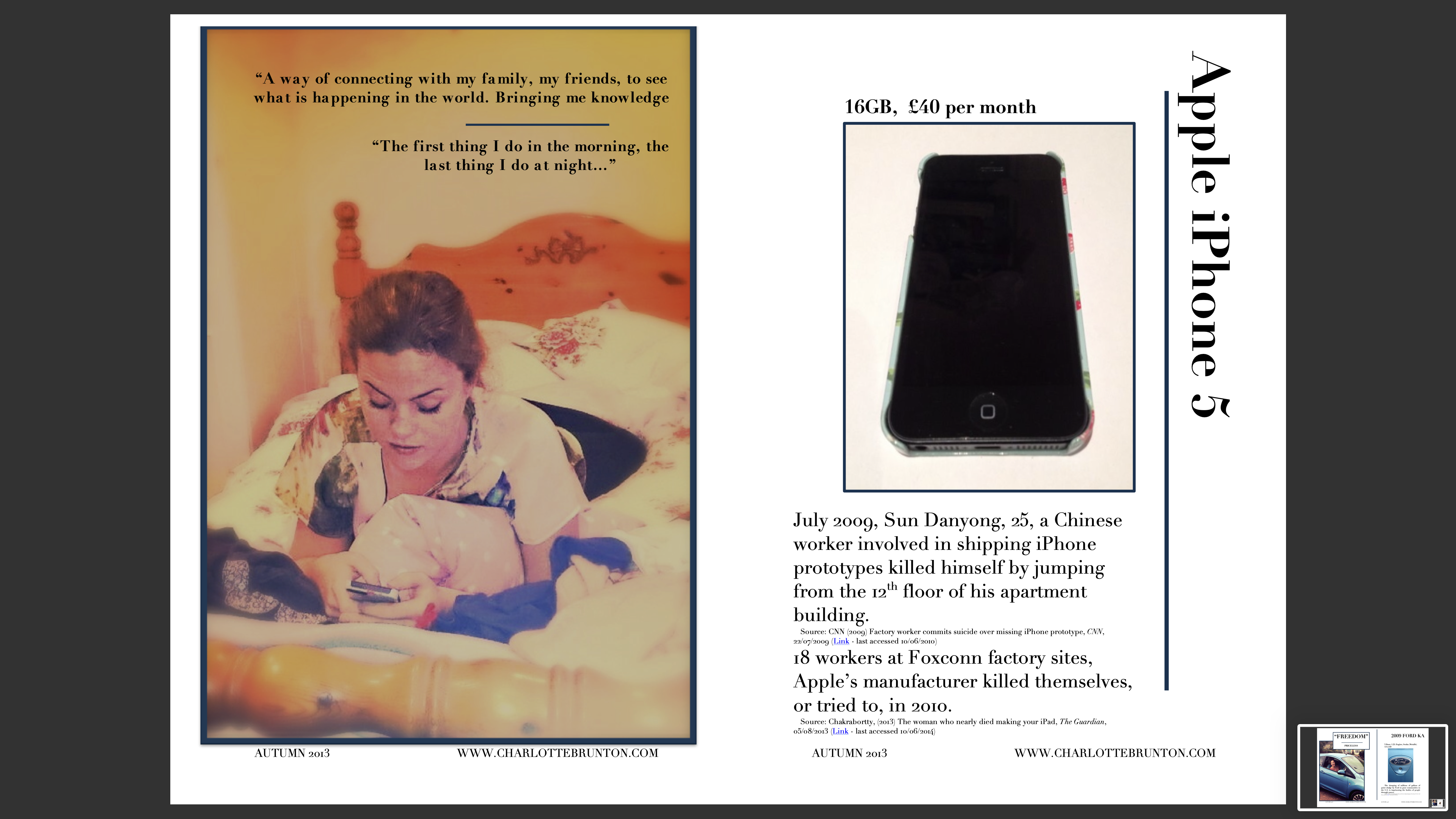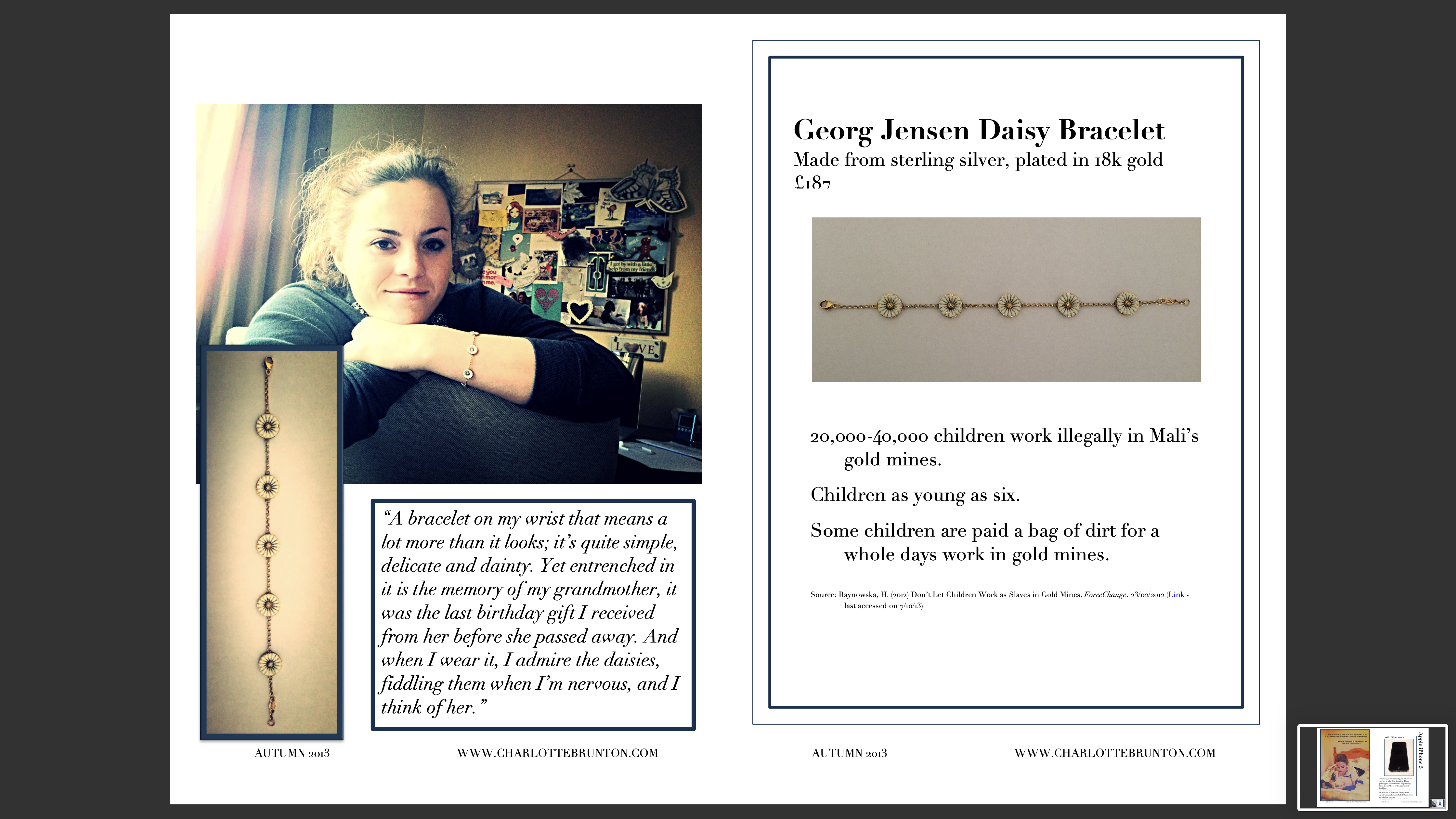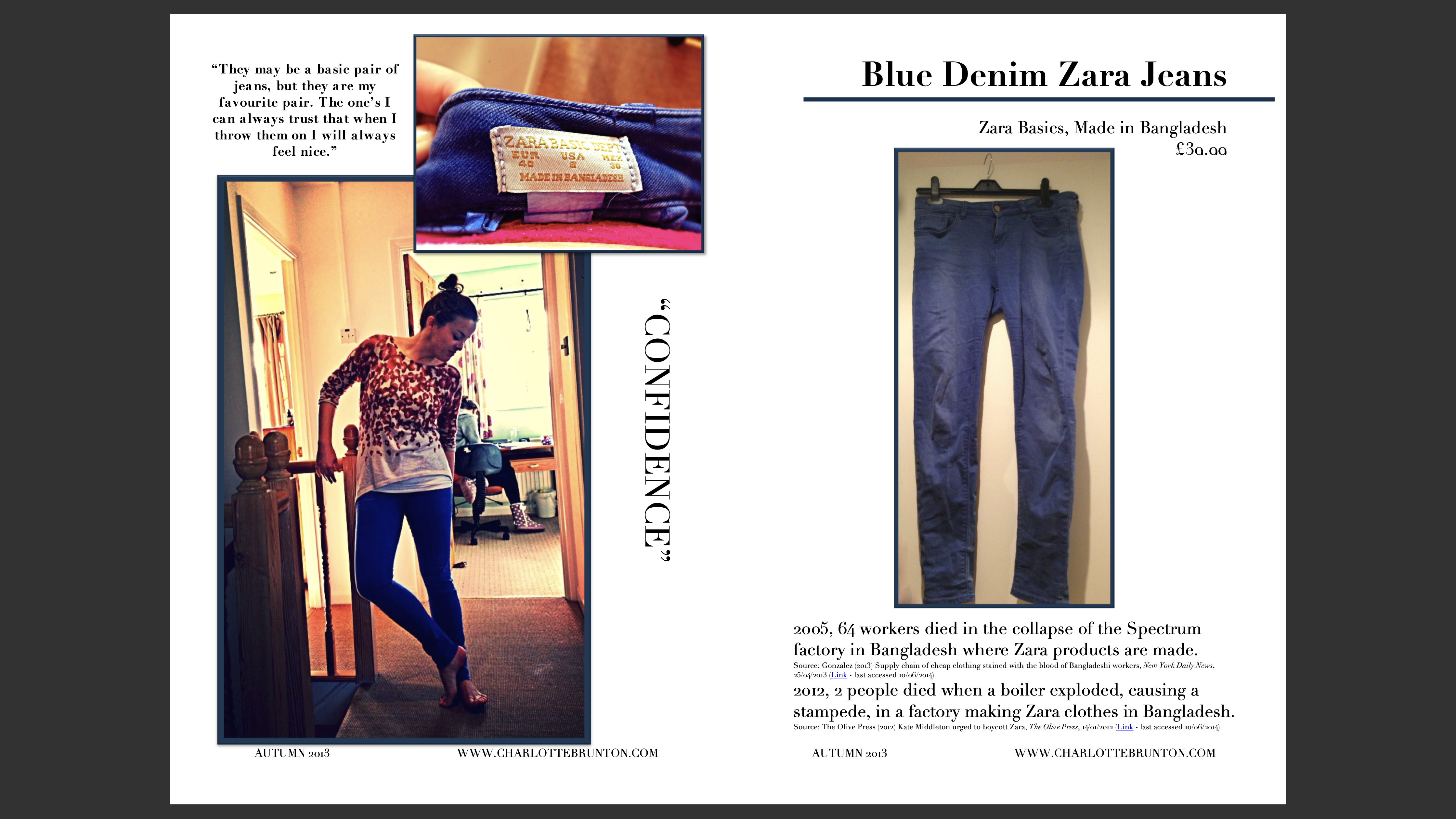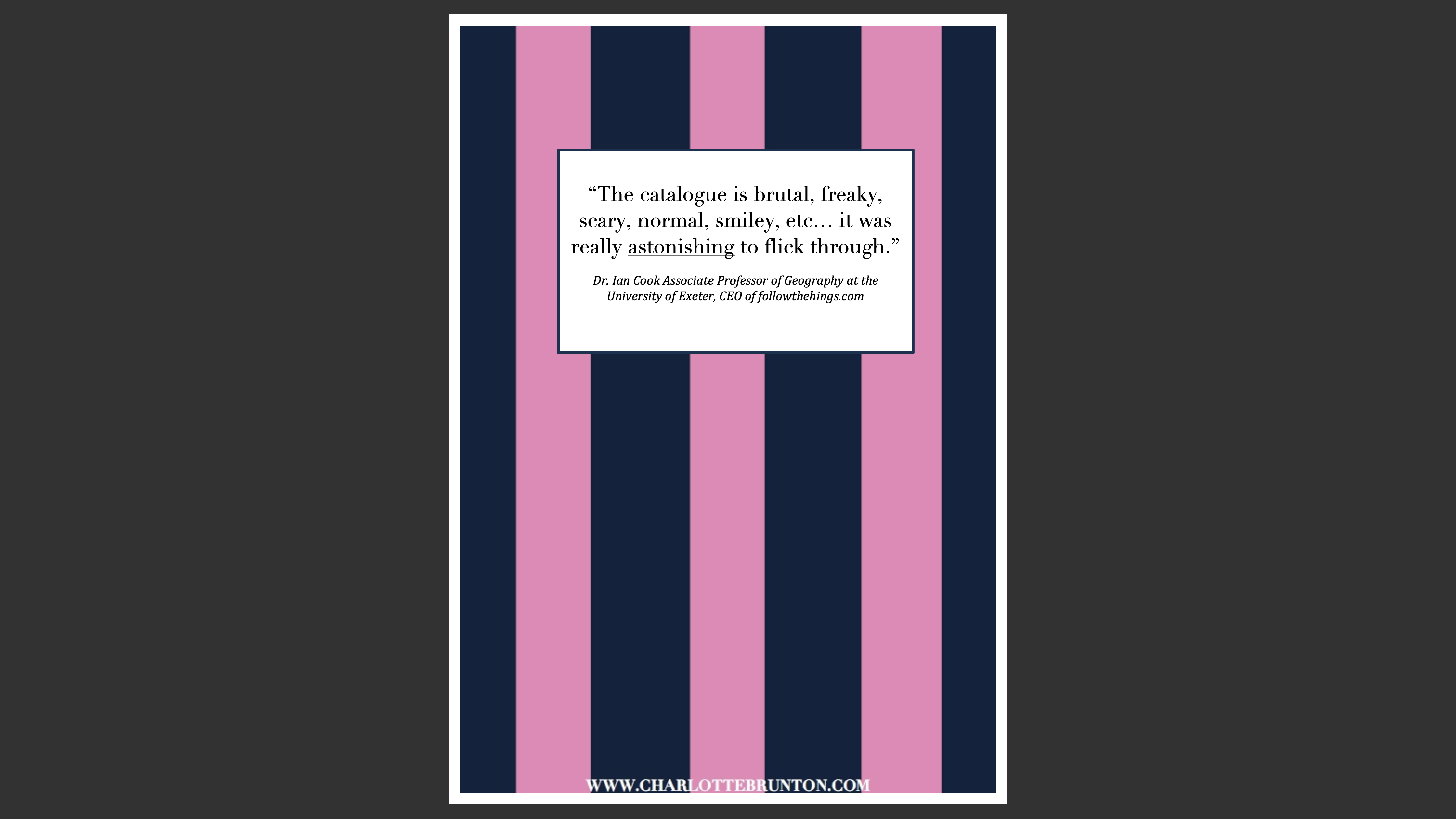
followthethings.com
Grocery
“Big Boys Gone Bananas!*“
A documentary film directed by Fredrik Gertten for WG Film AG, Sweden
Free trailer and on-demand stream embedded above. Search online for other streaming options here.
The second of two films on this topic. The first is “Bananas!*”. See our page on this here. See the films’ website here.
Swedish documentary filmmaker Fredrik Gertten and his small film company team are looking forward to the premiere of their courtroom documentary Bananas!* at the Los Angeles Film Festival. It follows a class action case in the California courts where a group of Nicaraguan Banana farm workers hold the Dole corporation accountable for their sexual impotence by making them use an agrochemical that had been banned because it caused it. Their case is put together by a California-based attorney, and the documentary includes grainy in-court testimony not only by the farmers but also by the Dole bosses who made the decision to continue using that agrochemical. The film documents a success story, more or less, with significant financial compensation being awarded to the workers. This is a test case. The first of its kind. So more cases will follow. More costs for Dole. More embarrassment. So Dole fights back, mounting a sophisticated public relations campaign to discredit the case (charging its lawyer with fraud) and the film (claiming it’s uncritically promoting this lawyer’s fraud). This campaign starts before the film has been screened. By people who have not seen it. News articles appear reporting that the film is a fraud. The festival is forced to withdraw it from competition, to show it at a remote theatre, and the festival director has to read out a disclaimer before it’s shown there. Then negative reviews start to appear as soon as it’s seen. Can this seemingly coordinated effort to silence corporate critique succeed? What would you do as a filmmaker if this happened to you? Gertten does what he knows best. He turns his camera on and makes a film about Dole’s attempts to discredit his film. He steps out from behind the camera to become its central character. Unbelievable things are happening to him, to the people he works with, and to the film they made together. But his film company had taken out an insurance policy that allowed them to pay for expensive legal help to fight back. They cleverly coordinate an counter-information and crowndfunding campaign. And a surprising international collection of allies come to their aid. Dole’s efforts to censor Bananas!* are a complete failure and, more than anything, make it and this Big Boys sequel a 100% must see double-bill for anyone interested in trade justice actvism. Read below to see how this story unfolds. It’s a genuine ‘David vs. Goliath’ story. You could never make this up! There’s so much to learn from this. Buckle up.
Page reference: Camilla Muirhead, Katie Lambert, Katie Joyce, Will Sensecall, Izzie Snowden, Matt Creagh & Harry Cousens (2020) Big Boys Gone Bananas!*. followthethings.com/big-boys-gone-bananas.shtml (last accessed <insert date here>)
Estimated reading time: 1 hour 53 minutes.
Continue reading Big Boys Gone Bananas!* ![]()

